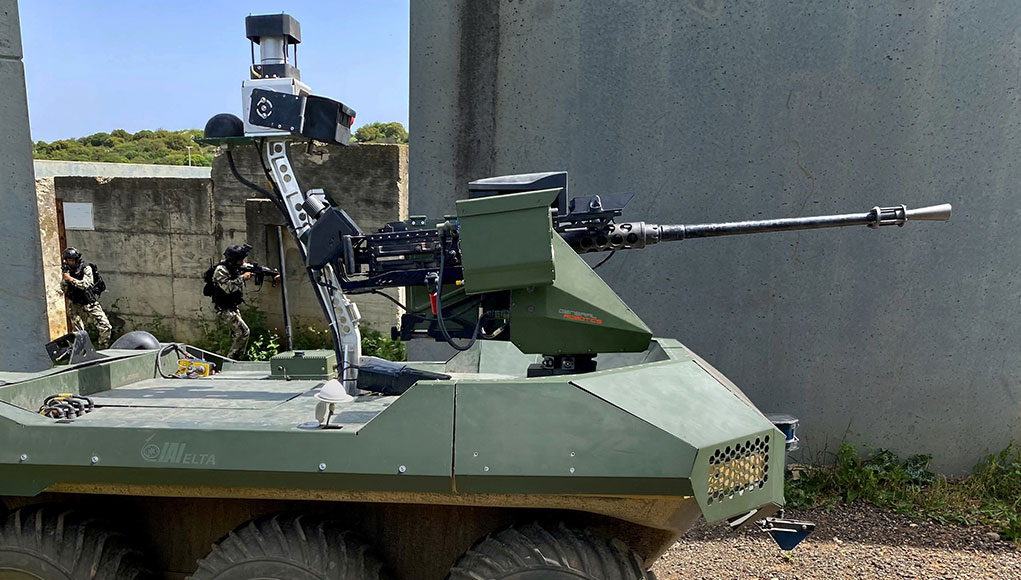Modern armies have got accustomed to Remote Control Weapons Stations (RCWS) for their ability to enhance the situational awareness and firepower of mounted teams operating on armored fighting vehicles with closed hatches. However, when used on light platforms, such as commando and unmanned ground vehicles (UGVs), conventional RCWS fall short, as they are too heavy, power-consuming, and lack intuitive operation, thus becoming a liability rather than an advantage. That’s where General Robotics’ Smart-AI PITBULL comes in place – a lightweight RCWS leveraging AI and a high level of autonomy to enable intuitive, remote operation on manned and unmanned platforms.
PITBULL is designed to mount 5.56, 7.62 mm, or 12.7 mm machine guns or 40 mm Automatic Grenade Launcher (AGL). The system’s autonomy enhances the system’s operation on many levels – situational awareness, targeting, and engagement of moving targets and firing on the move. Using the Smart-AI technology, PITBULL continuously and autonomously detects, tracks, and calculates the predicted position of threats and friendly forces using its Target Prediction Algorithm (TPA).
“These advanced functions complement the human operator, enabling the human to be always in control and decide when to press the trigger,” Shahar Gal, General Robotics’ CEO, explained. Processing the command in real-time, the system determines the right time to release the shot, in the condition to score a perfect shot. “This function is optional, and can be activated or disabled, as some users want to maintain full control of the weapon at all times,” Gal said.
PITBULL’s self-awareness functions optimize it for robotic systems applications, implemented on the IAI’s Jaguar Unmanned Ground Vehicle (UGV), operated by the Israel Defense Forces on the ‘smart and lethal border.’ The PITBULL RCWS can also be configured for counter-drone system (C-UAS) missions, equipped with soft and hard-kill measures.
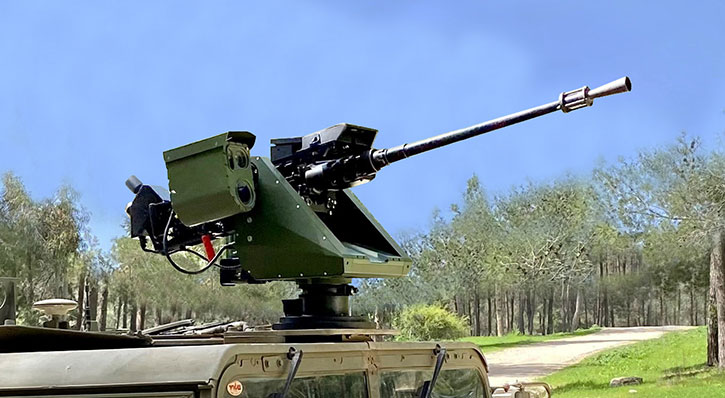
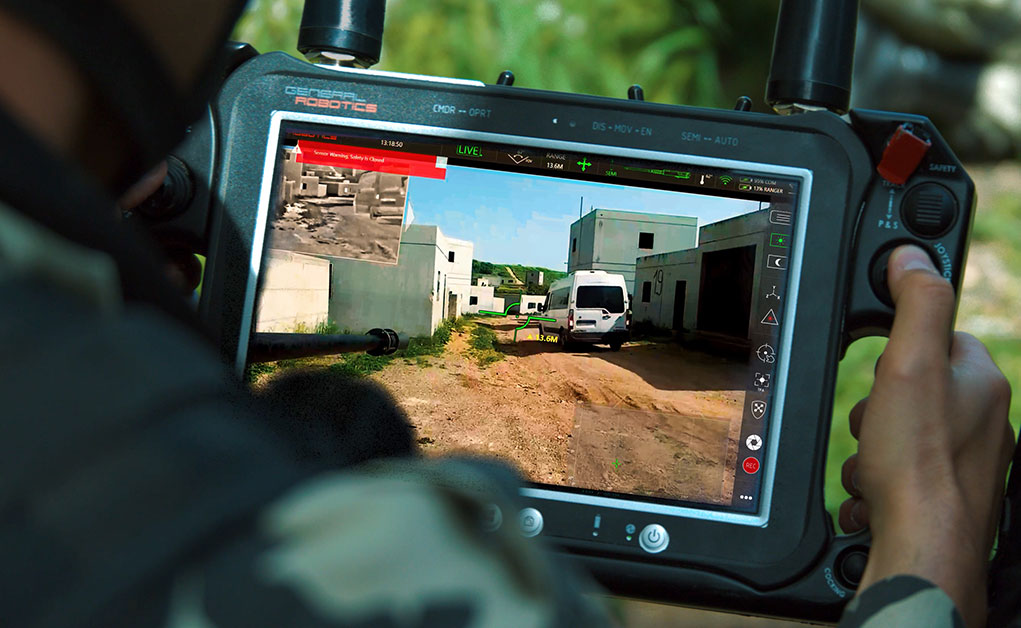
Smart-AI Functions
PITBULL maintains constant, full awareness of its surrounding, regardless of the platform’s situation. PITBULL continuously tracks target, threat, and friendly forces positions. “PITBULL does much more than sensing and control. As a smart AI-driven system, PITBULL uses video motion detection (VMD) and other techniques to detect, track, and designate targets automatically. Using advanced pattern recognition and other algorithms, the system assesses target status, for example, designates an armed person or tracking a fleeting vehicle. This information can be used to prioritize the response and determine the course of action.” The AI is embedded in the RCWS hardware firmware to minimize response time.
Optimized for Robotics
The weapon controls’ ‘self-awareness’ functions optimize PITBULL’s robotic systems applications. Using the system’s panoramic sensors, PITBULL maintains an autonomous situational awareness with a built-in Anti-Collision System (ACS) and multiple dynamic Fire Inhibiting Zones (FIZ), safeguarding the platform itself and nearby friendly forces. Optional integration with Hostile Fire Sensors (HFS) and Ground Surveillance Radar (GSR) is also optimized for unmanned operation. It enables PITBULL to alert hostile fire events and trigger responding measures accordingly.
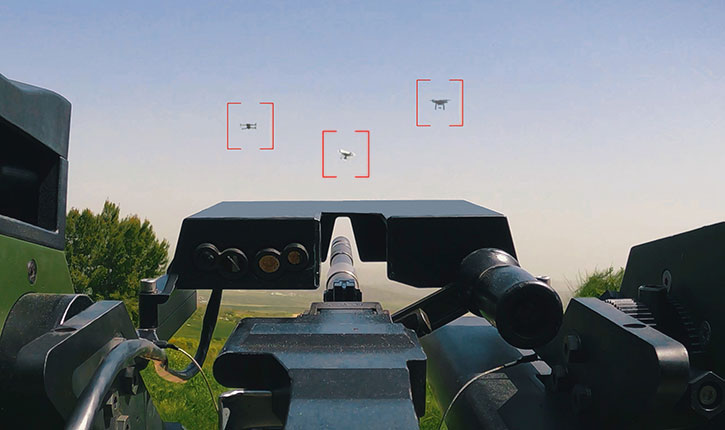
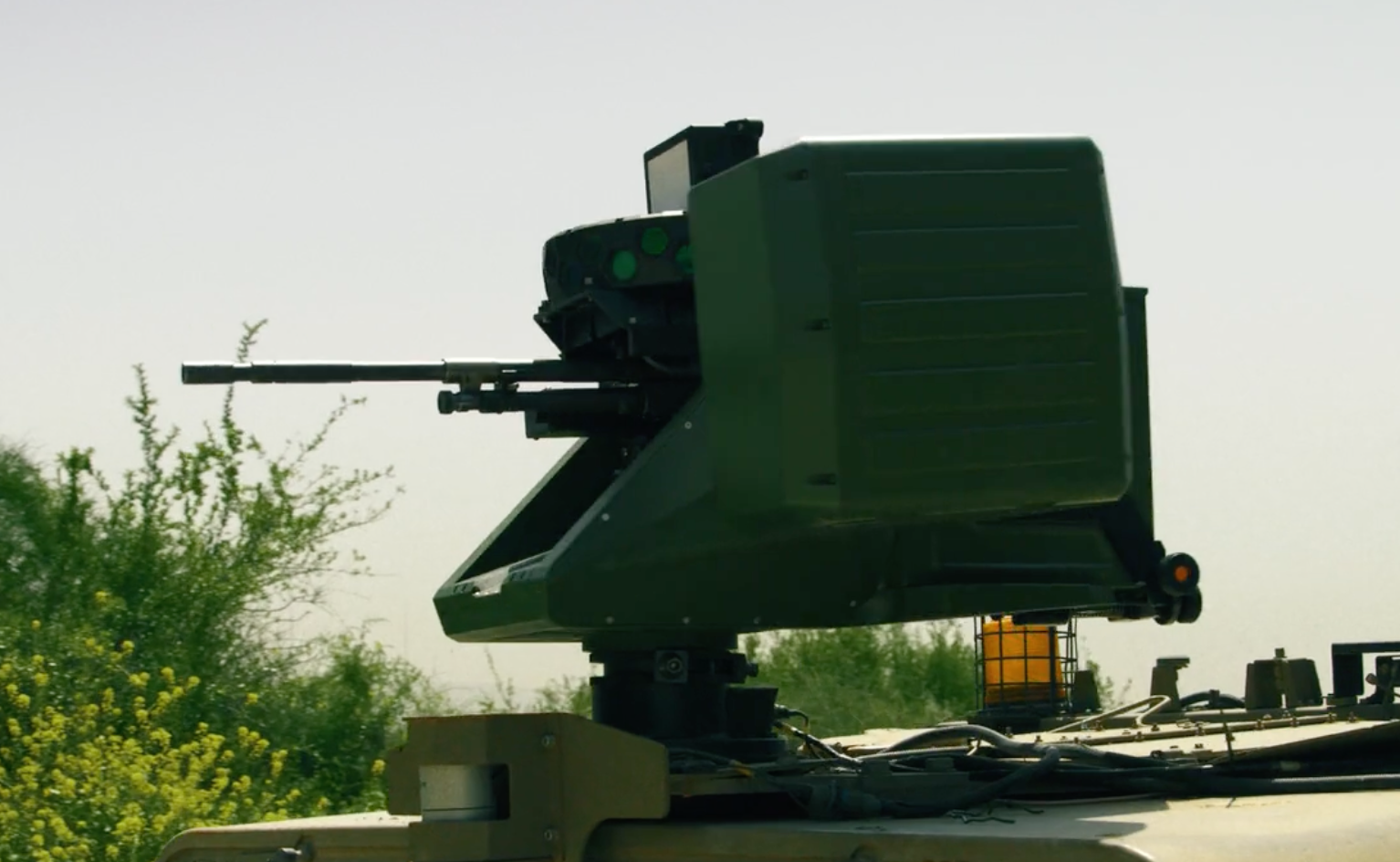
Counter-UAS Capability
PITBULL can also be used as a counter-drone system (C-UAS). Leveraging its Smart-AI automation and effectors for a soft and hard kill, PITBULL C-UAS operates a radar for target detection and EO sensors for classification, recognition, and targeting. Electronic jammers are used for ‘soft-kill’ and machine guns or AGS for the hard kill. Using airburst 40 mm grenades, the system can defeat drones from hundreds of meters away with a high probability.
“We developed the PITBULL as a robust yet lightweight system offering seamless remote control by a single operator. The dual-axis electro-mechanical stabilization, automatic tracking, video motion detection, and fire control automation results in an accurate weapon laying, delivering rapid and precise firepower from manned and unmanned platforms.” Weapon control is done locally or remotely through an intuitive touch screen tablet encased in a jacket providing the intuitive operating and safety buttons for Point-and-Shoot™.
“At the bottom line, the reduced weight and size of the PITBULL derive significant benefits,” said Gal, “It means PITBULL can be mounted on smaller, lightweight platforms and handle the recoil loads with less weight and energy. As a result, the system consumes less power and delivers higher accelerations, resulting in better accuracy and agility. Drawing less than 80 Watts, PITBULL can be used on a silent watch for many hours without an engine start.
These unique attributes contributed to integrating General Robotics’ weapon stations on IAI’s Jaguar UGV, used by the Israel Defense Forces on the ‘smart and lethal border’ pilot autonomous border protection system deployed on the Northern Gaza border. The project has recently completed the first year of successful operational deployment.


